In the realm of materials science and industry, certain metals stand out for their rarity, unique properties, and crucial roles in various technological advancements. From the lustrous sheen of rhodium to the high-strength resilience of scandium, these metals represent the pinnacle of scientific intrigue and industrial necessity. From the depths of the Earth’s crust to the far reaches of outer space, these metals captivate the imagination and drive the relentless pursuit of scientific discovery and innovation.
Rhenium (Re)
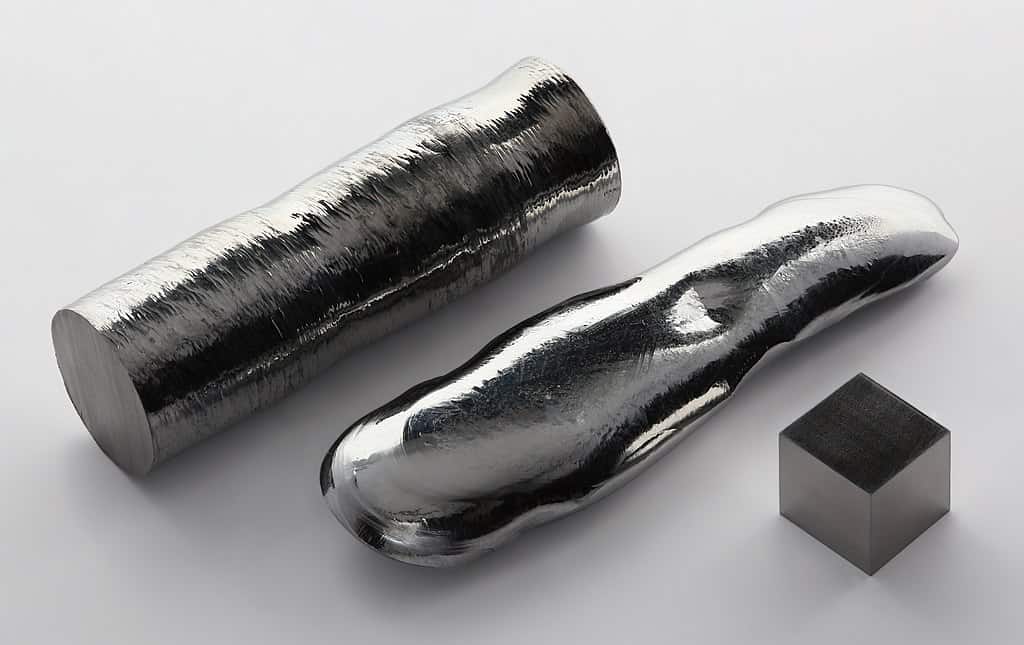
Rhenium is one of the rarest metals in the world, with an atomic number of 75. It is typically found in trace amounts in molybdenum and copper ores. Rhenium has a high melting point and excellent resistance to corrosion, making it valuable in aerospace and high-temperature applications. It is used in jet engines, superalloys, and catalytic converters. Due to its scarcity and unique properties, rhenium commands a high price on the market.
Rhodium (Rh)
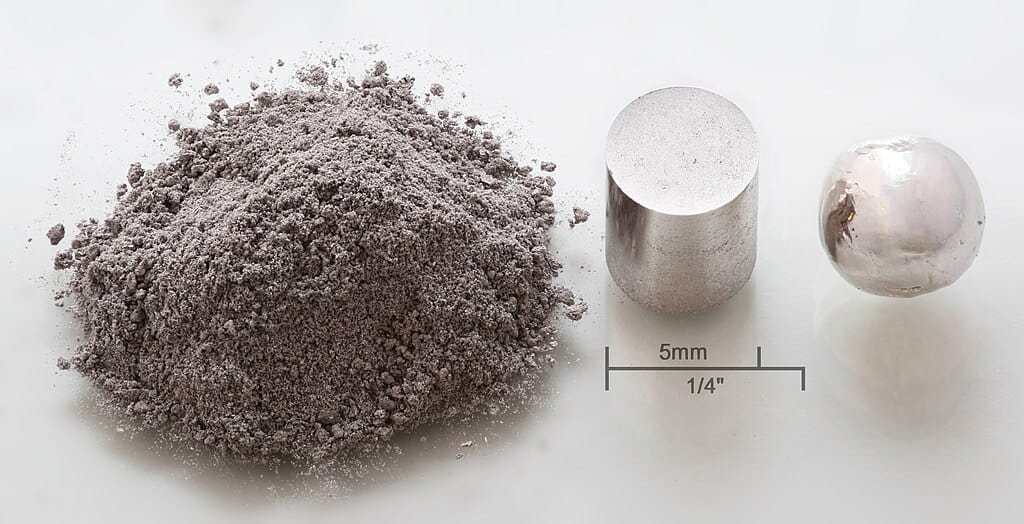
Rhodium is one of the rarest metals in the world, with an atomic number of 45. It is typically found in platinum and nickel ores. Rhodium has a brilliant silver-white color and is highly resistant to corrosion, making it valuable in jewelry and catalytic converters. It is also used in electrical contacts and thermocouples. Rhodium is significantly more expensive than other precious metals like gold and platinum due to its scarcity and high demand.
Indium (In)
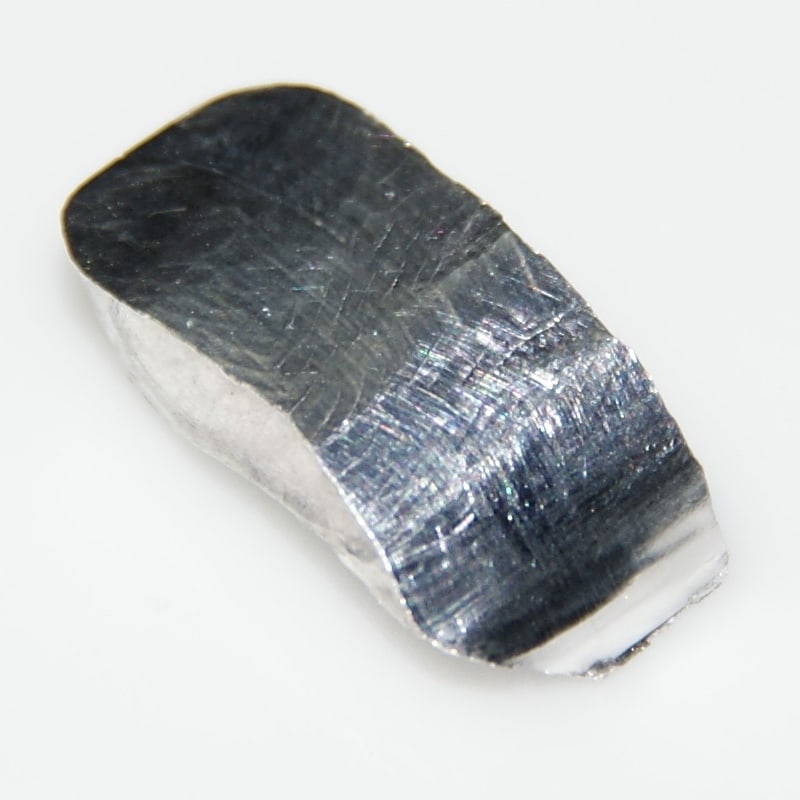
Indium is a rare metal with an atomic number of 49. It is typically found in zinc and tin ores. Indium has a unique blend of properties, including low melting point, ductility, and electrical conductivity, making it valuable in various electronic applications. It is used in the production of touchscreens, solar cells, and semiconductors. Despite its relatively low abundance in the Earth’s crust, indium has become increasingly important in modern technology.
Tantalum (Ta)
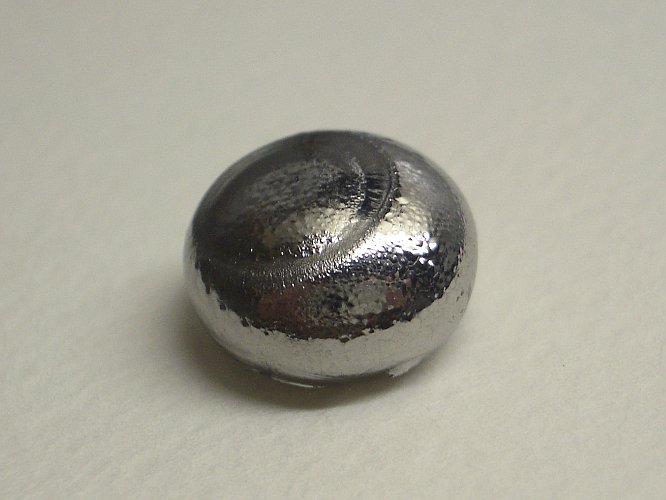
Tantalum is a rare metal with an atomic number of 73. It is typically found in tantalite ore deposits. Tantalum has excellent corrosion resistance and is highly resistant to acids, making it valuable in chemical processing equipment and electronics. It is used in capacitors, surgical implants, and jet engine components. Tantalum’s scarcity and critical role in technology have led to concerns about sustainable sourcing and recycling.
Iridium (Ir)
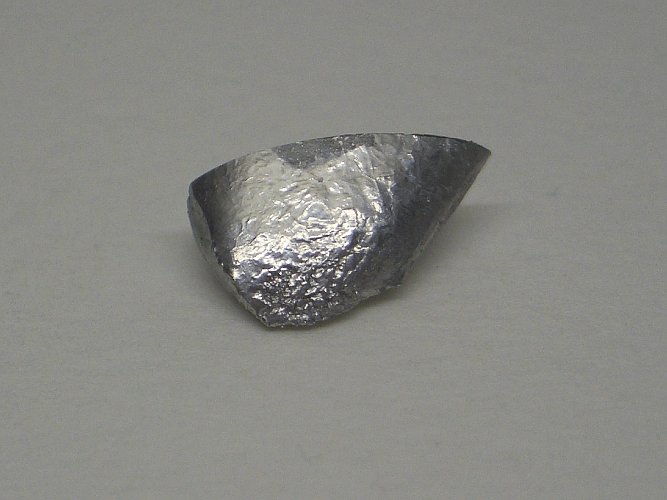
Iridium is one of the rarest metals in the Earth’s crust, with an atomic number of 77. It is typically found in platinum ores and meteorites. Iridium has a high melting point and is highly resistant to corrosion, making it valuable in spark plugs, crucibles, and electrical contacts. It is also used in specialty alloys and the production of fountain pen nibs. Iridium’s rarity and unique properties make it one of the most precious and valuable metals.
Platinum (Pt)
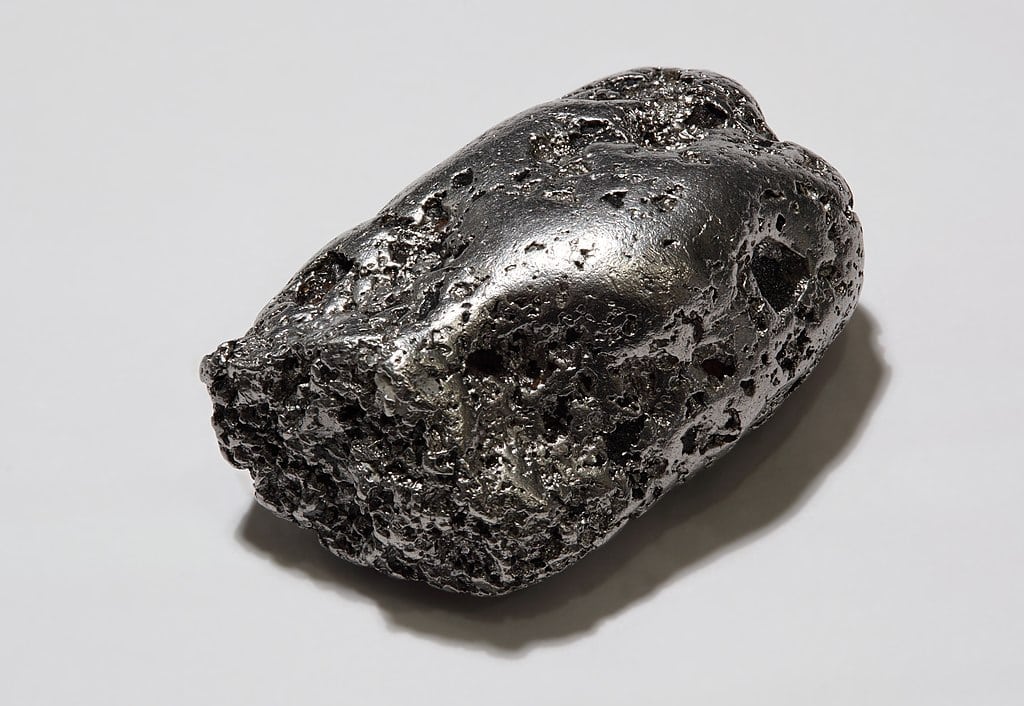
Platinum is a rare and precious metal with an atomic number of 78. It is typically found in nickel and copper ores. Platinum has a silvery-white color and is highly resistant to corrosion and tarnishing, making it valuable in jewelry, catalytic converters, and dental fillings. It is also used in laboratory equipment and electrical contacts. Platinum’s rarity and enduring appeal have made it one of the most valuable precious metals in the world.
Gold (Au)
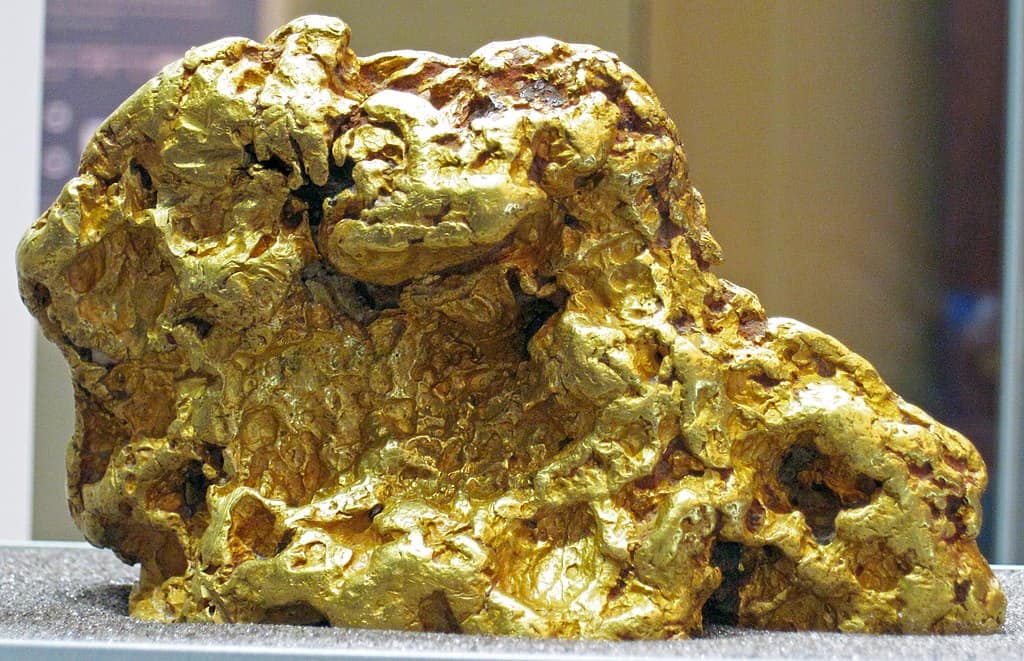
Gold is one of the rarest and most valuable metals known to humanity, with an atomic number of 79. It is typically found in quartz veins and alluvial deposits. Gold has a distinctive yellow color and is highly malleable and ductile, making it valuable in jewelry, currency, and electronics. It is also used in dentistry and aerospace applications. Gold’s scarcity and cultural significance have made it a symbol of wealth and prosperity throughout history.
Osmium (Os)
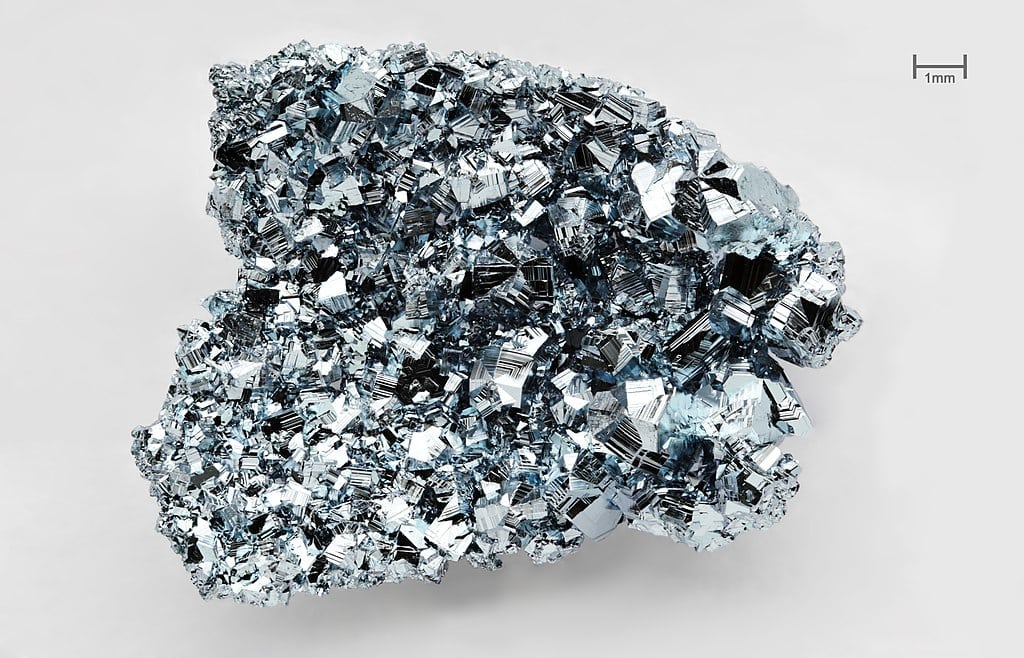
Osmium is one of the rarest metals in the Earth’s crust, with an atomic number of 76. It is typically found in platinum ores and nickel deposits. Osmium has a bluish-white color and is the densest naturally occurring element, making it valuable in high-pressure experiments and fountain pen tips. It is also used in electrical contacts and specialty alloys. Osmium’s rarity and unique properties make it highly valuable and sought after by collectors.
Palladium (Pd)

Palladium is a rare and precious metal with an atomic number of 46. It is typically found in platinum ores and nickel deposits. Palladium has a silvery-white color and is highly resistant to corrosion and tarnishing, making it valuable in catalytic converters, jewelry, and electronics. It is also used in dental alloys and fuel cells. Palladium’s scarcity and critical role in automotive emissions control have led to significant price increases in recent years.
Ruthenium (Ru)
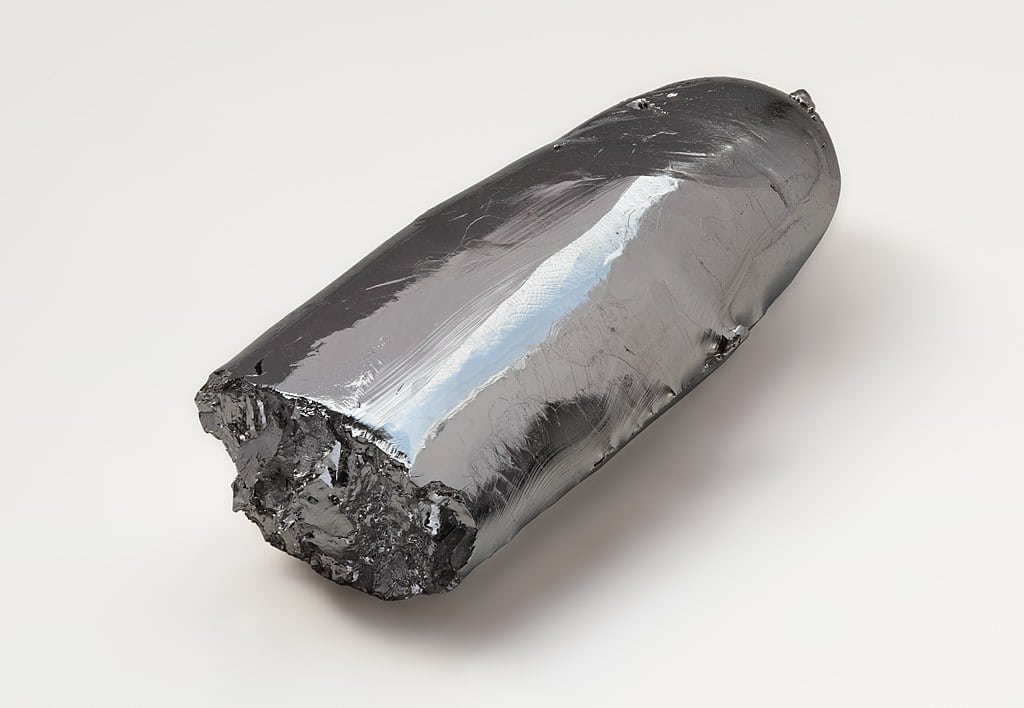
Ruthenium is one of the rarest metals in the Earth’s crust, with an atomic number of 44. It is typically found in platinum ores and nickel deposits. Ruthenium has a silvery-white color and is highly resistant to corrosion, making it valuable in electrical contacts, catalytic converters, and jewelry. It is also used in the production of specialty alloys and the synthesis of organic compounds. Ruthenium’s scarcity and unique properties make it an important and valuable metal in various industries.
Tungsten (W)
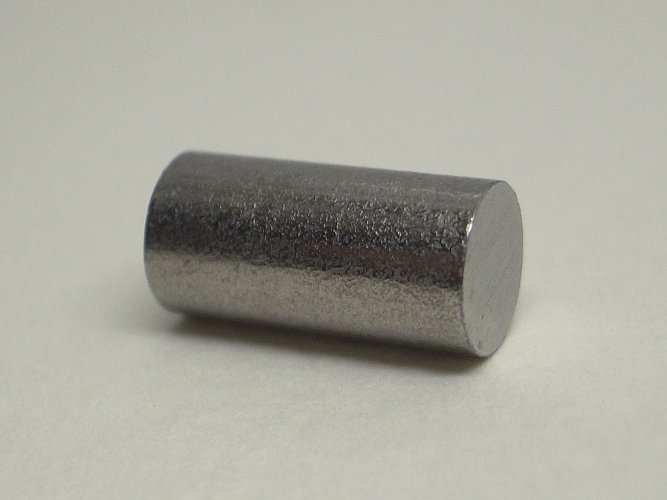
Tungsten is a rare metal with an atomic number of 74. It is typically found in wolframite and scheelite ores. Tungsten has the highest melting point of any metal and is highly resistant to corrosion, making it valuable in high-temperature applications such as light bulb filaments, heating elements, and aerospace components. It is also used in electrical contacts, armor-piercing ammunition, and jewelry. Tungsten’s rarity and unique properties make it an essential metal in modern technology and industry.
Gallium (Ga)
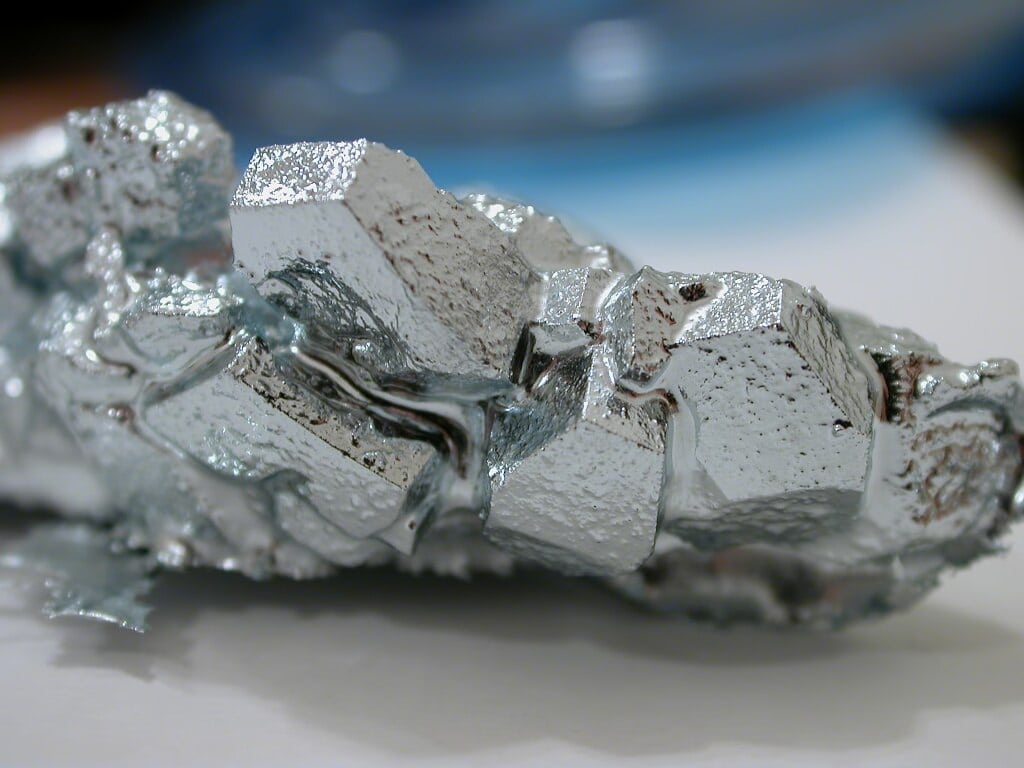
Gallium is a rare metal with an atomic number of 31. It is typically found in bauxite and zinc ores. Gallium has a low melting point and expands when it solidifies, making it valuable in thermometers, semiconductors, and LED lighting. It is also used in the production of alloys and as a component in nuclear medicine imaging agents. Despite its relatively low abundance in the Earth’s crust, gallium’s unique properties have led to increasing demand in various technological applications.
Lithium (Li)
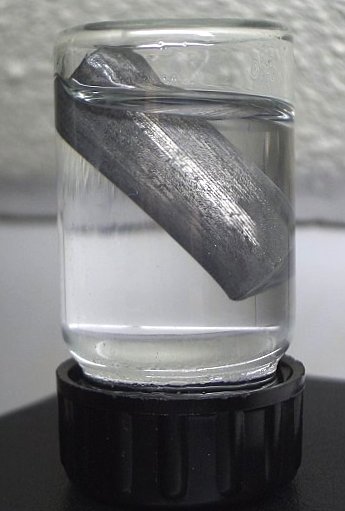
Lithium is a rare metal with an atomic number of 3. It is typically found in brine deposits and lithium-containing minerals. Lithium has the lightest density of any metal and is highly reactive, making it valuable in rechargeable batteries, ceramics, and pharmaceuticals. It is also used in the production of lightweight alloys and as a coolant in nuclear reactors. Lithium’s scarcity and critical role in energy storage have led to significant interest and investment in lithium mining and production.
Scandium (Sc)
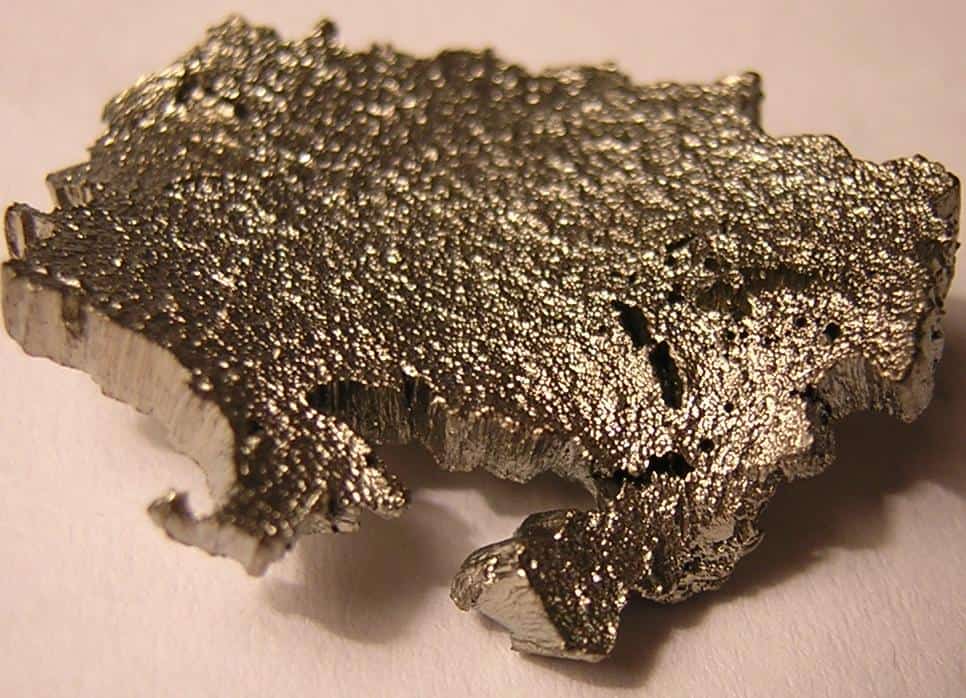
Scandium is a rare metal with an atomic number of 21. It is typically found in rare earth element ores and uranium deposits. Scandium has unique properties, including high strength, heat resistance, and corrosion resistance, making it valuable in aerospace, defense, and sports equipment. It is used in the production of lightweight alloys for aircraft components, bicycle frames, and baseball bats. Scandium’s scarcity and critical role in advanced materials have led to increasing demand and exploration for new sources of scandium.
Cobalt (Co)
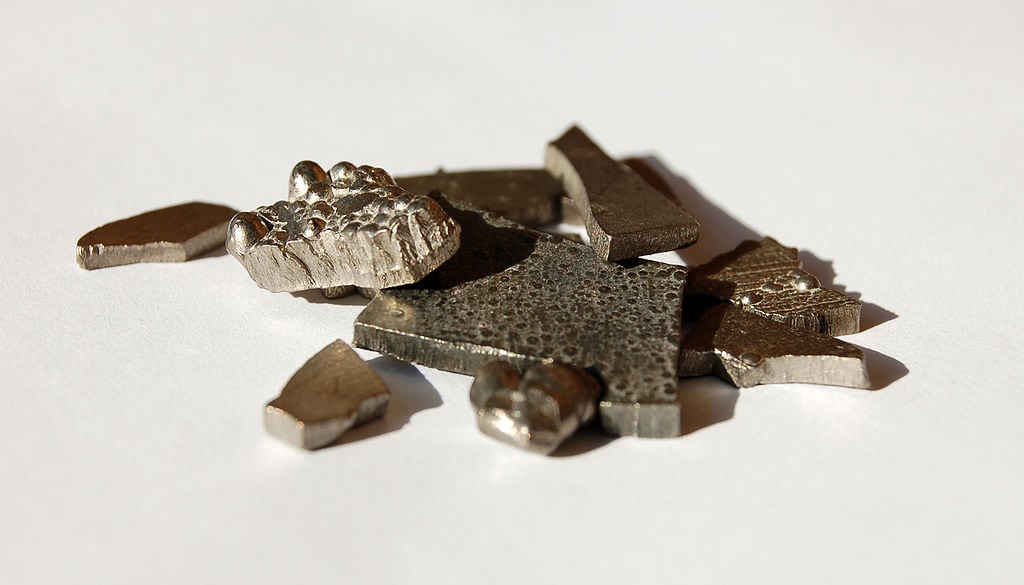
Cobalt is a relatively rare metal with an atomic number of 27. It is typically found in cobalt-rich ores and nickel deposits. Cobalt has a distinctive blue-gray color and is highly magnetic, making it valuable in rechargeable batteries, magnetic alloys, and industrial catalysts. It is also used in the production of superalloys for jet engine turbines and medical implants. Cobalt’s scarcity and critical role in clean energy technologies have led to growing concerns about sustainable sourcing and ethical mining practices.
This article originally appeared on Rarest.org.
